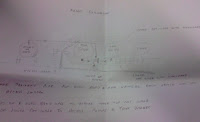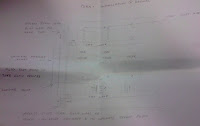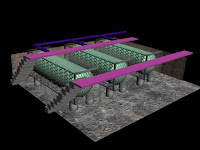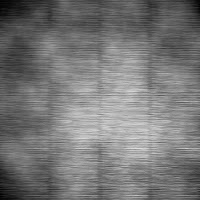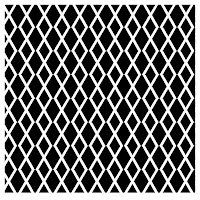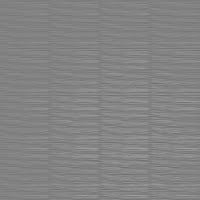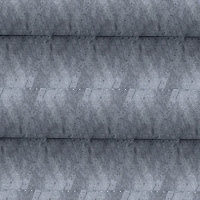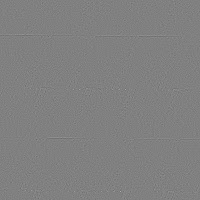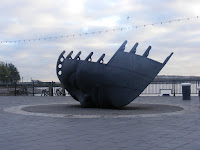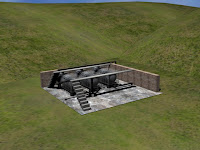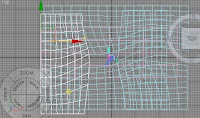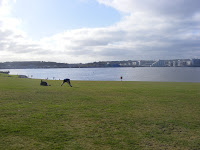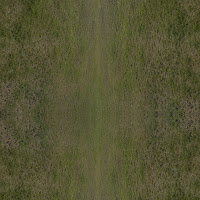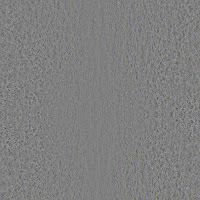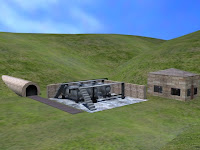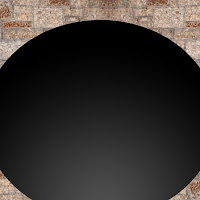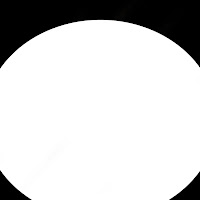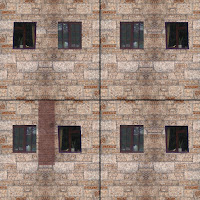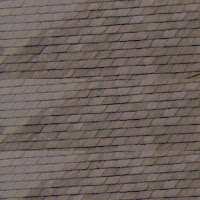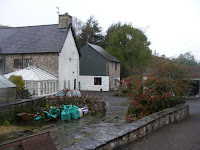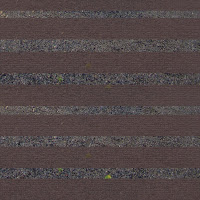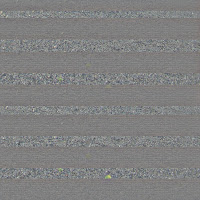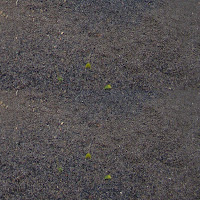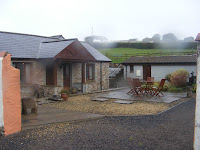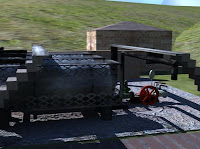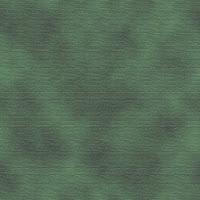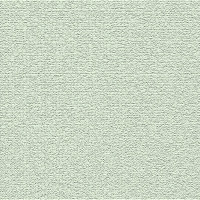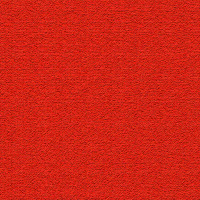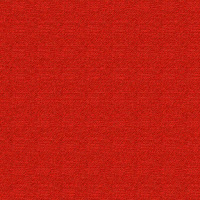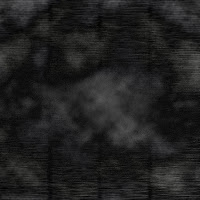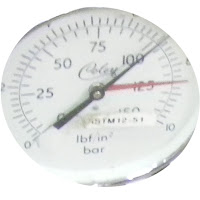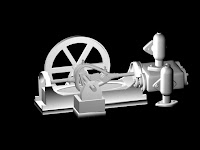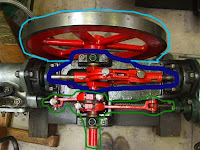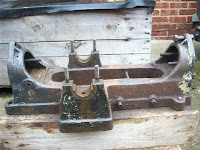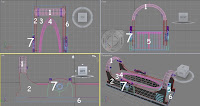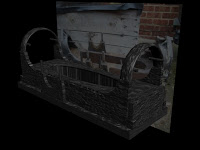
To make the animation long enough to fit the edited voiceover, the animation had to be slowed down to between 50% and 75% speed. I also rendered three additional shots as "filler"- a pan along the tar tanks and above them, as well as a pan along the side of the tunnel. Kevin also contributed an additional closeup shot after a meeting which decided it was required. When choosing a soundtrack, I chose "Robot City" from the film "Robots" as it has a mechanical, industrial feel. The Welsh National Anthem, Land of My Fathers, was suggested as music but when placed with the video it looked quite comical. Teresa also provided sound effects from various coalmines and factories to be used as ambience. Overall, I feel the video is informative as the voiceover explains what the machine is, what it is for and the problems with it.
There is one fault I have noticed in the final model of the machine - the actual machine has a silver ring around the edge of the wheel, which ours had originally. However, at some point between animating the model and merging it with the environment, the wheel and edge sections merged so the red texture now covers both the edge and the main wheel.
Below is the finished video:
Overall I feel we have created a model and animation of good quality, and I believe my environment and textures are up to standard. Although some of my modelling is quite simple, I believe my textures contribute to creating a realistic look to the models.
We have worked well as a group and managed to delegate tasks, and stick to deadlines for getting our parts done. The class sessions have been invaluable for putting our work together and sharing what we have done. There were, thankfully, no major arguments or issues - things largely went to plan and any alterations to the plan were done quickly and easily.
